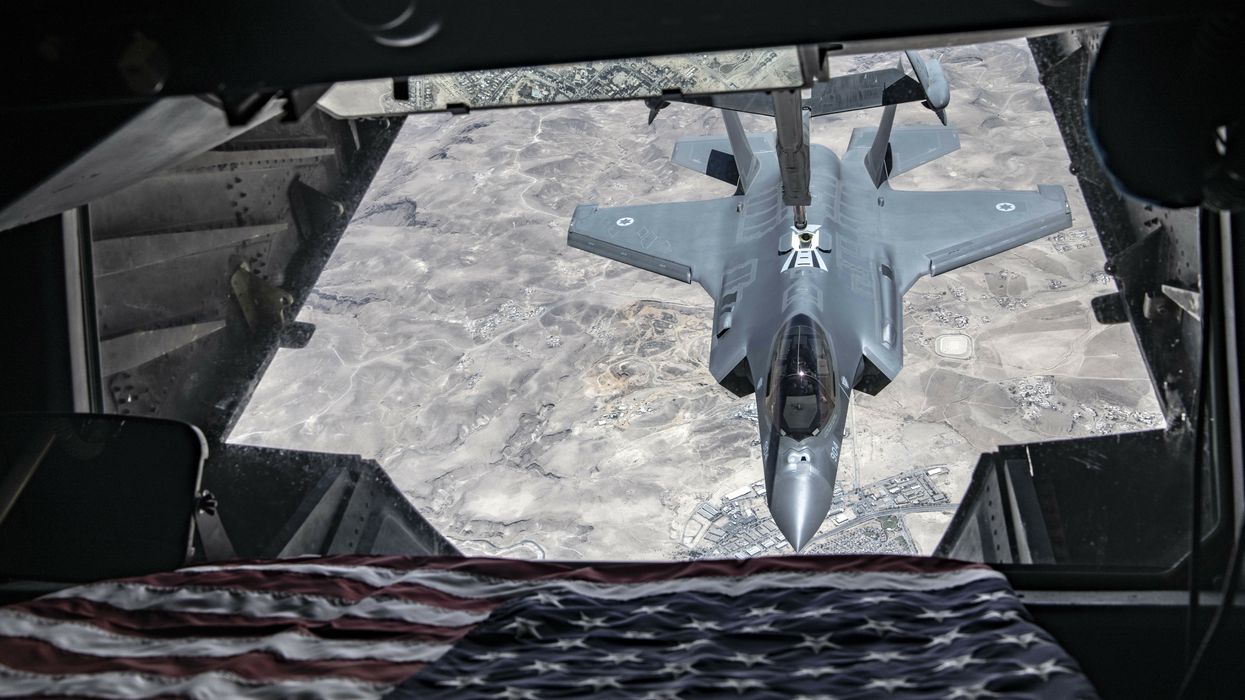The object in war,” argued Liddell Hart “is a better state of peace — even if only from your point of view. Hence, it is essential to conduct war with constant regard to the peace you desire.” Sound advice, but as Americans are learning, the true purpose of the mission in Afghanistan had little to do with a better state of peace and much more to do was with finding ways to extend the commitment of American funds, resources, and military power for as long as possible.
In January 1973, when the Paris Peace Agreement ending American involvement in South Vietnam was signed, Saigon and its armed forces still relied heavily on guaranteed U.S. air, artillery and logistical support. The removal of U.S. military power always guaranteed Saigon’s defeat against a determined attack from North Vietnam. The removal of economic and military support from Afghanistan today is having a similar impact, but the outcome in Afghanistan is arguably much worse. Why?
It’s very likely that the loss of over $2 trillion and tens of thousands of U.S., Allied and Afghan lives is no deterrent to repeating the established recipe for strategic failure in some future country. In the words of LTG Richard Clarke, the new commander of Special Operations Command, "I don't necessarily see this [Afghanistan] as the end of an era, but, instead, as part of a new one that is full of opportunities for all of us."
In other words, the Departments of State and Defense (DOD) will enable SOCOM’s future use of sensors, satellites, drones, proxy foreign forces and armies of foreign clients equipped with US supplied training and military gear to invade ungoverned spaces or failed states Africa, South Asia, the Middle East, Latin America and the Caribbean Basin. The words, "all of us” suggest the intelligence agencies, the defense industries, and numerous supporting contracting entities including mercenaries to create “other than U.S. forces” for foreign internal defense and development.
To the aforementioned cast of potential beneficiaries should also be added members of Congress from both parties who regularly receive vast sums of money from privately owned defense contractors. The political campaign cycle in the 2019-2020 saw more than $30 million in donations from defense contractors to GOP and DNC candidates. In 2020, lobbying by top defense industries involved outlays of nearly $100 million. However, these amounts only scratch the surface of the $2 trillion squandered over 20 years in Afghanistan.
Defense outlays for basing in Diego Garcia, Guam, Okinawa, Germany, Japan, Italy, Africa and a host of other locations around the world can also be connected to the projection of American military power to Afghanistan and the greater Middle East. Even these defense outlays pale before the mammoth engine of corruption inside Afghanistan that a series of Inspectors General routinely insisted was as great a threat to stability and progress as the Taliban.
Unfortunately, since the SOCOM intervention and assistance model is never blamed for the strategic failures that it helps to create, it remains funded and able to ramp up for the next lucrative military intervention. Only the country-specific policy is viewed as a strategic failure because in Clarke’s words, “there's no precise end, there's not necessarily a winner.”
Clarke, however, failed to note another substantial class of beneficiaries: the armed forces’ active duty Flag Officers, particularly the four stars. At the height of World War II, 12.2 million Americans served in the U.S. Armed Forces. The 12.2 million Americans in uniform were commanded by just seven four stars: In the Army and Army Air Forces, MacArthur, Marshall, Arnold and Eisenhower; in the U.S. Navy and Marines, Leahy, King, and Nimitz. In the last phase of the war several senior officers were promoted to four and five stars, but these promotions were honorific, not operational military ranks.
Today, for an active duty force of 1.12 million Soldiers, Sailors, Airmen and Marines, there are 44 active duty four stars. When Marshall was approached by members of the Senate who urged him to promote their flag officer friends in uniform to four stars, Marshall said, “Senator, I don’t have time to argue. I’ve got to win the war.” As General Clarke explains, Americans are not likely to hear Marshall’s words these days.
Face it, military interventions are cash cows for generals. From 2008 to 2018 at least 380 high-ranking DoD officials and military officers enriched themselves as lobbyists, board members, executives, or consultants for defense contractors within two years of taking off their uniforms.
In 2001, when the modest application of American military power rapidly overwhelmed the Taliban and al Qaeda, to paraphrase Arthur Schlesinger’s words, euphoria reigned; Bush and his inner circle thought for a moment that the world was plastic and the future unlimited. Today, this euphoria seems misplaced especially when one considers that the initial mission in Afghanistan was to kill or capture fewer than 500 individuals associated with Osama bin Laden and al Qaeda. I leave it others to ask why U.S. Forces remained in Iraq after capturing Saddam Hussein and his inner circle.
On 3 August, 1972, Henry Kissinger told President Nixon, "After a year, Mr. President, Vietnam will be a backwater," and "no one will give a damn." Kissinger was essentially correct. Sadly, it’s a safe bet that a similar attitude prevails inside the Biden White House. Americans can only hope that this time the odor of multi-trillion dollar corruption, deceit and military failure in Afghanistan will likely linger far longer in American nostrils and have consequences.
















